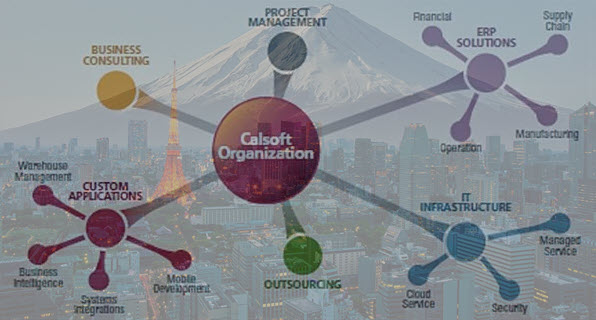
What is Amoeba Management?
Last updated: October 18, 2024 Read in fullscreen view
- 02 Nov 2023
 Unlocking Success with The Amoeba Management Model: Key Lessons, Pros & Cons, and Finding the Perfect Fit 177/718
Unlocking Success with The Amoeba Management Model: Key Lessons, Pros & Cons, and Finding the Perfect Fit 177/718 - 10 Nov 2021
 5S methodology - the SECRET to Japanese SUCCESS 136/1736
5S methodology - the SECRET to Japanese SUCCESS 136/1736 - 09 Sep 2022
 Kaizen, Kaikaku and Kakushin – what’s the difference? 87/2911
Kaizen, Kaikaku and Kakushin – what’s the difference? 87/2911 - 24 Nov 2022
 Genba Genbutsu Genjitsu (3Gs), (Go to the Genba & see for yourself!) 79/2924
Genba Genbutsu Genjitsu (3Gs), (Go to the Genba & see for yourself!) 79/2924 - 01 Apr 2022
 Ishikawa (fishbone) diagram in software project management 41/3052
Ishikawa (fishbone) diagram in software project management 41/3052 - 18 Oct 2020
 How to use the "Knowns" and "Unknowns" technique to manage assumptions 22/1002
How to use the "Knowns" and "Unknowns" technique to manage assumptions 22/1002 - 17 Mar 2023
 Reduce waste in software development with 3M model: Muda, Mura, Muri 19/873
Reduce waste in software development with 3M model: Muda, Mura, Muri 19/873 - 15 Apr 2022
 Total Quality Management (TQM) - Japanese-style management approach to quality improvement. 18/636
Total Quality Management (TQM) - Japanese-style management approach to quality improvement. 18/636 - 04 Mar 2024
 Tree Ring Management: Take the Long Term View and Grow Your Business Slowly 17/383
Tree Ring Management: Take the Long Term View and Grow Your Business Slowly 17/383 - 12 Dec 2024
 Danshari: A Japanese Minimalist Philosophy for Cleaner Code and Leaner IT Operations 16/39
Danshari: A Japanese Minimalist Philosophy for Cleaner Code and Leaner IT Operations 16/39 - 09 Sep 2022
 What is 5 Whys (Five Whys)? 16/875
What is 5 Whys (Five Whys)? 16/875 - 27 Aug 2022
 Kaizen - Culture of Continuous Improvement and Lean Thinking 16/719
Kaizen - Culture of Continuous Improvement and Lean Thinking 16/719 - 01 Oct 2020
 Fail fast, learn faster with Agile methodology 16/982
Fail fast, learn faster with Agile methodology 16/982 - 13 Jul 2022
 Applying the business mantra "HORENSO" to Achieve 360-degree Communication 13/827
Applying the business mantra "HORENSO" to Achieve 360-degree Communication 13/827 - 03 Jan 2024
 What is the Ringi process? 12/881
What is the Ringi process? 12/881 - 29 Aug 2022
 Difference between Kaizen and Innovation 12/805
Difference between Kaizen and Innovation 12/805 - 02 Feb 2022
 Yokoten: Best Practice Sharing from a success 12/1295
Yokoten: Best Practice Sharing from a success 12/1295 - 01 Mar 2022
 The Toyota Way Management Principles 11/693
The Toyota Way Management Principles 11/693 - 10 Nov 2022
 Poor Code Indicators and How to Improve Your Code? 8/217
Poor Code Indicators and How to Improve Your Code? 8/217 - 20 Jan 2021
 Fail early, fail often, fail cheap, fail safe but always fail forward 8/699
Fail early, fail often, fail cheap, fail safe but always fail forward 8/699 - 06 Feb 2021
 Why fail fast and learn fast? 8/386
Why fail fast and learn fast? 8/386 - 19 Oct 2021
 Is gold plating good or bad in project management? 8/760
Is gold plating good or bad in project management? 8/760 - 15 Jul 2022
 Hansei Methodology: Continuously Engaging People in Improvement 8/652
Hansei Methodology: Continuously Engaging People in Improvement 8/652 - 20 Jan 2022
 TIGO Self-Organization Practice: Change Management Workflow 7/438
TIGO Self-Organization Practice: Change Management Workflow 7/438 - 11 Nov 2021
 What is an IT Self-service Portal? Why is it Important to Your Business? 6/375
What is an IT Self-service Portal? Why is it Important to Your Business? 6/375 - 16 Jun 2022
 Rapid Application Development (RAD): Pros and Cons 6/806
Rapid Application Development (RAD): Pros and Cons 6/806 - 06 Jun 2022
 HEIJUNKA: The art of leveling production 6/489
HEIJUNKA: The art of leveling production 6/489 - 01 Mar 2023
 Bug Prioritization - What are the 5 levels of priority? 6/210
Bug Prioritization - What are the 5 levels of priority? 6/210 - 01 Jan 2024
 The pros and cons of the Centralized Enterprise Automation Operating model 6/175
The pros and cons of the Centralized Enterprise Automation Operating model 6/175 - 01 Jan 2023
 How To Use Poka-Yoke (Mistake Proofing) Technique To Improve Software Quality 5/597
How To Use Poka-Yoke (Mistake Proofing) Technique To Improve Software Quality 5/597 - 19 Jul 2022
 The 12 Principles of Continuous Process Improvement 5/465
The 12 Principles of Continuous Process Improvement 5/465 - 19 Sep 2022
 Jidoka in Software Development and Odoo ERP/MRP 5/473
Jidoka in Software Development and Odoo ERP/MRP 5/473 - 18 Aug 2022
 What are the consequences of poor requirements with software development projects? 5/248
What are the consequences of poor requirements with software development projects? 5/248 - 31 Oct 2021
 Tips to Fail Fast With Outsourcing 5/379
Tips to Fail Fast With Outsourcing 5/379 - 14 Oct 2021
 Advantages and Disadvantages of Time and Material Contract (T&M) 5/799
Advantages and Disadvantages of Time and Material Contract (T&M) 5/799 - 08 Oct 2022
 KPI - The New Leadership 5/561
KPI - The New Leadership 5/561 - 28 Dec 2021
 8 types of pricing models in software development outsourcing 4/420
8 types of pricing models in software development outsourcing 4/420 - 13 Dec 2020
 Move fast, fail fast, fail-safe 4/296
Move fast, fail fast, fail-safe 4/296 - 10 Dec 2023
 Pain points of User Acceptance Testing (UAT) 4/423
Pain points of User Acceptance Testing (UAT) 4/423 - 07 Mar 2023
 Japan’s Unusual Farming Strategy: Renting Land and Leaving It Fallow for 5 Years — Here’s the Truth… 4/34
Japan’s Unusual Farming Strategy: Renting Land and Leaving It Fallow for 5 Years — Here’s the Truth… 4/34 - 02 Dec 2022
 Success Story: Satsuki - Sales Management Software, back office app for School Subscription Management 3/225
Success Story: Satsuki - Sales Management Software, back office app for School Subscription Management 3/225 - 23 Sep 2021
 INFOGRAPHIC: Top 9 Software Outsourcing Mistakes 3/414
INFOGRAPHIC: Top 9 Software Outsourcing Mistakes 3/414 - 17 Feb 2022
 Prioritizing Software Requirements with Kano Analysis 3/286
Prioritizing Software Requirements with Kano Analysis 3/286 - 02 Nov 2021
 [Case Study] Streamlined Data Reporting using Tableau 3/282
[Case Study] Streamlined Data Reporting using Tableau 3/282 - 13 Feb 2021
 Why is TIGOSOFT a software house for Enterprise Application Development? 2/339
Why is TIGOSOFT a software house for Enterprise Application Development? 2/339 - 19 Apr 2021
 7 Most Common Time-Wasters For Software Development 2/533
7 Most Common Time-Wasters For Software Development 2/533 - 03 Sep 2022
 The secret of software success: Simplicity is the ultimate sophistication 1/189
The secret of software success: Simplicity is the ultimate sophistication 1/189 - 03 Apr 2021
 How digital asset management streamlines your content workflow? 1/315
How digital asset management streamlines your content workflow? 1/315 - 05 Jan 2024
 Easy ASANA tips & tricks for you and your team 1/182
Easy ASANA tips & tricks for you and your team 1/182 - 11 Jan 2024
 What are the Benefits and Limitations of Augmented Intelligence? 1/440
What are the Benefits and Limitations of Augmented Intelligence? 1/440 - 26 Dec 2023
 Improving Meeting Effectiveness Through the Six Thinking Hats 1/210
Improving Meeting Effectiveness Through the Six Thinking Hats 1/210 - 11 Jan 2022
 Lean Thinking and Lean Transformation 1/242
Lean Thinking and Lean Transformation 1/242 - 11 Jul 2022
 Lean software development - the game-changer in the digital age 1/231
Lean software development - the game-changer in the digital age 1/231 - 15 Aug 2025
 Quantum Technology: Global Challenges and Opportunities for Innovators /62
Quantum Technology: Global Challenges and Opportunities for Innovators /62 - 12 Mar 2022
 The u-Japan concept /235
The u-Japan concept /235 - 06 Nov 2023
 How do you streamline requirement analysis and modeling? /188
How do you streamline requirement analysis and modeling? /188 - 14 Mar 2024
 Why should you opt for software localization from a professional agency? /121
Why should you opt for software localization from a professional agency? /121 - 12 Mar 2024
 How do you create FOMO in software prospects? /137
How do you create FOMO in software prospects? /137 - 01 Jun 2020
 Japan Business Review (JBR) /282
Japan Business Review (JBR) /282 - 21 Jun 2021
 6 Useful Tips To Streamline Business Processes and Workflows /515
6 Useful Tips To Streamline Business Processes and Workflows /515 - 06 Nov 2019
 How to Access Software Project Size? /236
How to Access Software Project Size? /236
Amoeba Management is a unique management method that Mr. Kazuo Inamori created while striving to uphold Kyocera's Management Rationale.
Kyocera Corporation is a Japanese multinational ceramics and electronics manufacturer headquartered in Kyoto, Japan. It was founded as Kyoto Ceramic Company, Limited in 1959 by Kazuo Inamori and renamed in 1982
What is Amoeba Management?
Amoeba Management begins with dividing an organization into smaller units called "amoebas." Each amoeba leader is responsible for drafting plans and goals for the unit. Amoebas achieve their goals through collaboration and the hard efforts of all their amoeba members. In this system, every employee plays a major role and voluntarily participates in managing the unit, achieving what is known as "Management by All."
The first objective of Amoeba Management is to establish a market-oriented divisional accounting system.
The fundamental truth of business management is to maximize revenues and minimize expenses. In Amoeba Management, the entire organization must be divided into small units or "amoebas." As independent profit-and-loss centers directly linked to their respective markets, each amoeba manages its own profitability, allowing it to respond promptly to market changes.
For this purpose, the following mechanisms are necessary:
- Each amoeba pursues profit by practicing the principle of "Maximize revenues and minimize expenses;"
- Each amoeba is an independent accounting unit that can buy and sell with other amoebas; and
- Each amoeba makes monthly plans and records results using the Hourly Efficiency report, which is meant to be as easy to understand as a household budget.
Develop Leaders with Managerial Awareness
The second objective of Amoeba Management is leadership development — what Kyocera calls "developing leaders with managerial awareness."
For this purpose, a large organization is divided into many smaller units called "amoebas," and a leader appointed within each one.
The overall management of the amoeba is then entrusted to this leader, who oversees business planning, management control, labor and purchasing. This system leads employees to develop managerial awareness.
Practice "Management by All"
The third objective of Amoeba Management allows all employees to participate in managing the company by taking an active role in the operation of their own amoebas. Employees take part in management by consolidating their skill sets and aligning their efforts toward shared goals. This builds a sense of purpose and achievement into the workplace.
To this end, every amoeba must:
- 1. Communicate its plan and goal in a vision that can be shared with all members;
- 2. Create a fiscal-year plan known as the "Master Plan," based on the strategies and goals of the entire company; and
- 3. Create monthly plans based on the Master Plan, and achieve the plan without fail.
Benefits of Amoeba model
- The number of members of an Amoeba is small, so the results appear immediately, thus it is easy to give personnel a sense of ownership.
- Develop Leaders with managerial awareness: It is easy to develop and identify leaders with management skills using the amoebas.
- Since the profitability metrics of an amoeba are unified, it is easy to weed out the competition between amoebas.
Limitations of Amoeba model
- Amoeba is too focused on its own profitability, thus making it easy to pursue the interests of the amoeba over those of the company as a whole.
- No labor cost for simplified accounting system.
- It takes time to calculate the "profit per hour." If not calculated fairly, this method cannot be used as an adequate evaluation of profitability, or as a comparison against other amoebas.
Recommended Book:
Amoeba Management: The Dynamic Management System for Rapid Market Response by Kazuo Inamori. Promotes decentralized management through small, self-supporting units called amoebas. Emphasizing human values and leadership potential, it enhances flexibility and responsiveness in competitive markets. Dr. Kazuo Inamori's book offers insights and tools for fostering a culture of accountability and achieving profitability.
- Website of Mr. Kazuo Inamori
- Wikpedia



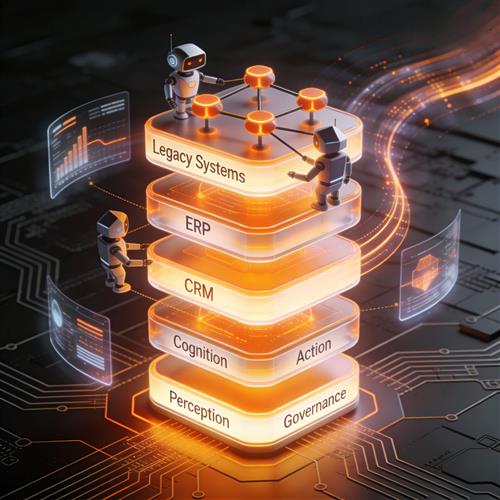


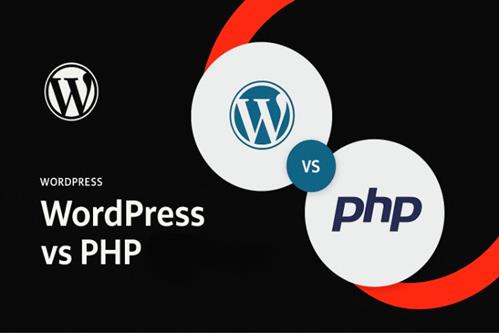

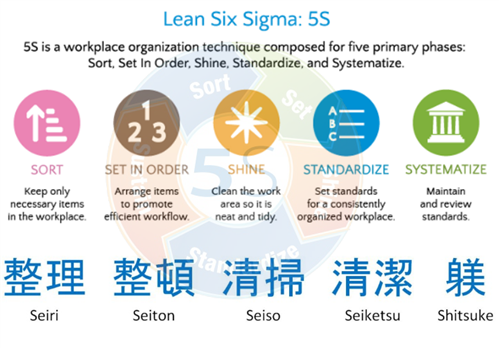


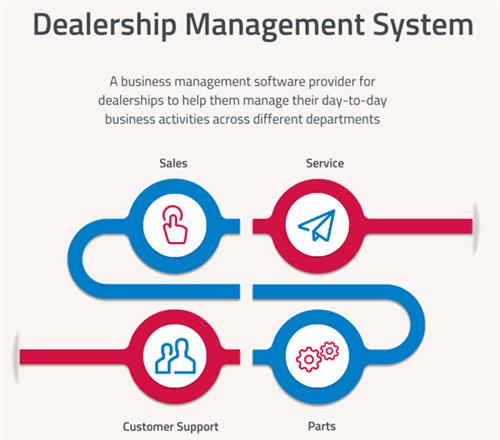

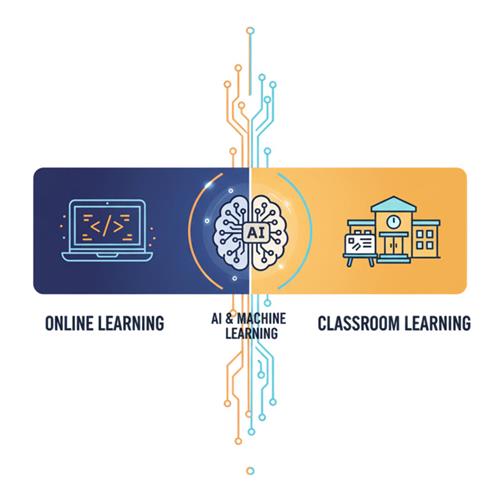
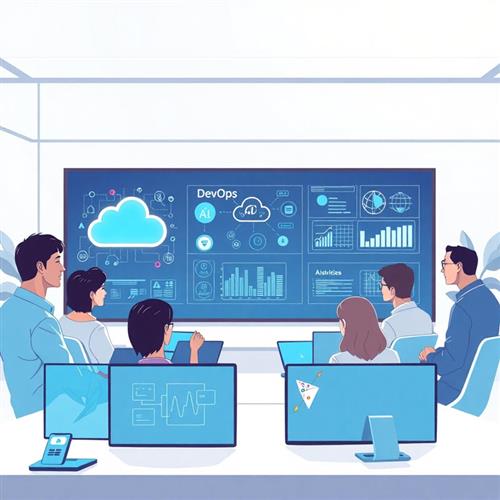
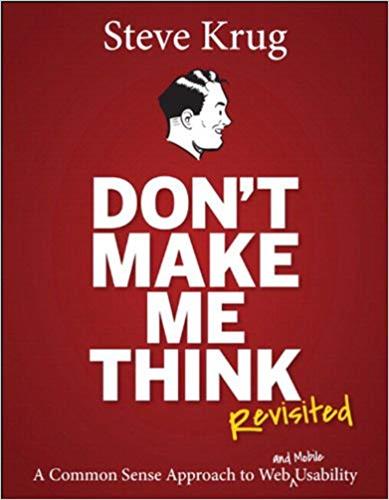
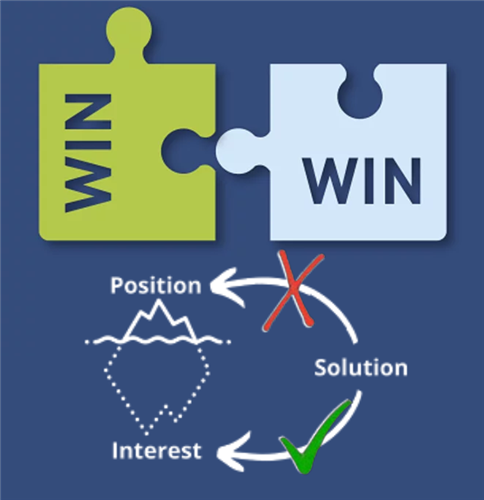
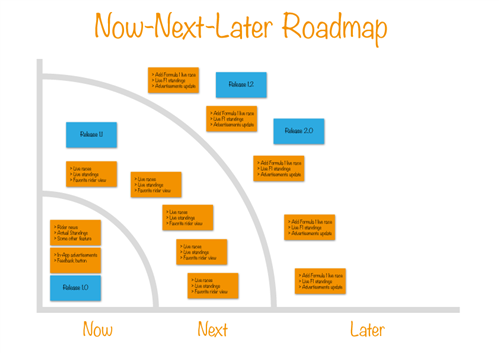

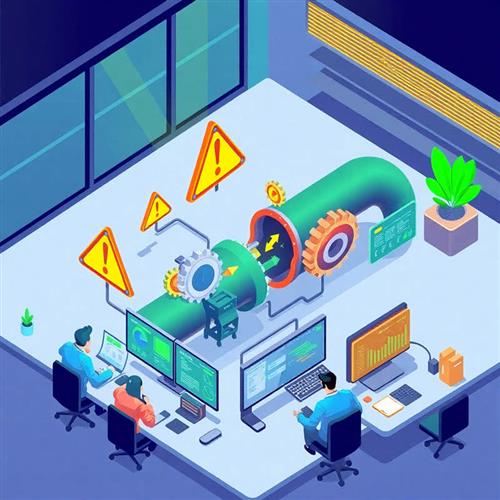













 Link copied!
Link copied!
 Recently Updated News
Recently Updated News